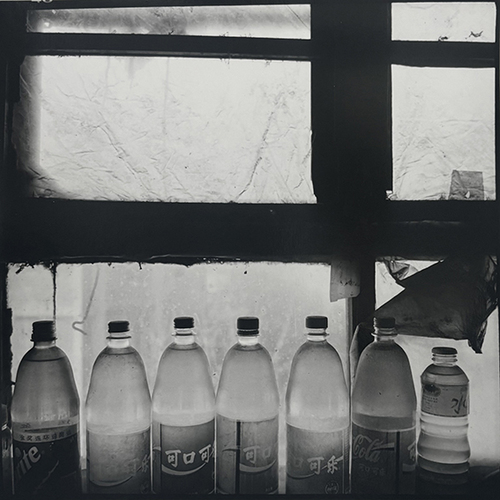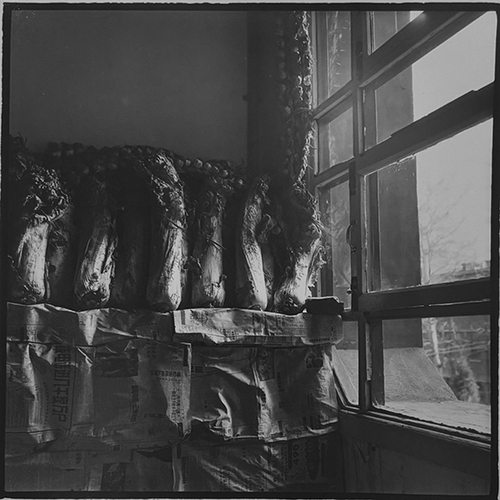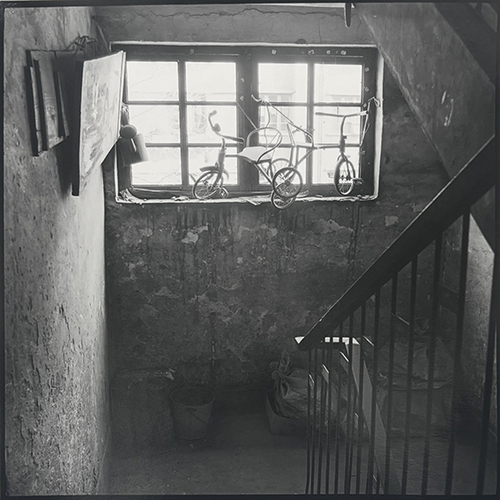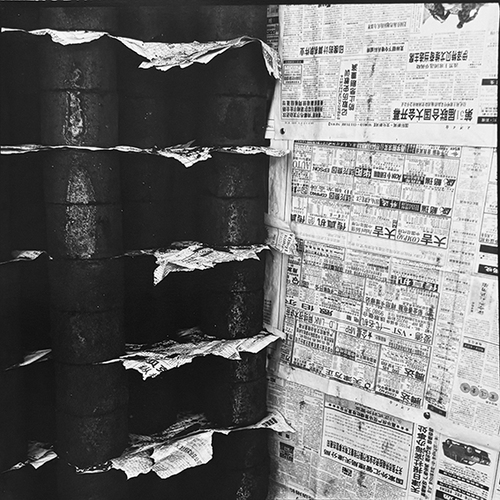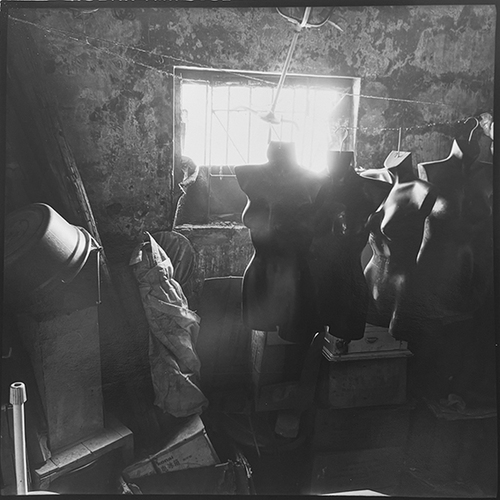Mo Yi “The Scenery of Time”
Zen Foto Gallery is pleased to present a solo exhibition by Chinese photographer Mo Yi “The Scenery of Time” held Friday, December 5th, 2025 to Saturday, January 24th, 2026, making his fifth solo exhibition at the gallery. This exhibition will feature 25 black-and-white photographs from his series The Scenery of Time, which Mo Yi took in 1995 after being deeply struck by the densely packed residential apartment buildings following his relocation from Tibet to Tianjin in 1982. This will be the first time these works will be exhibited, 30 years after they were photographed.
Before 1995, there was a severe housing shortage in China. Most married young couples who wanted to live independently had no choice but to stay with their parents, sharing cramped spaces. From the 1980s onward, urban infrastructure improvements led by the government gradually expanded in scale, aiming to improve living conditions. By around 1995, approximately four-fifths of Tianjin residents who had originally lived in traditional single-storey houses had moved into collective apartment buildings. In single-storey houses, water usage was inconvenient; Toilets were communal and far away, and people would line up to use them every morning. In the new collective apartments, strangers lived together with a shared living room, a shared toilet, and a shared kitchen in unheated rooms. Looking back now, it could hardly be called luxurious, but compared to life in single-storey houses, it represented a dramatic change in the housing situation.
Within the housing estates identical buildings stood in neat rows, with uniformly designed entrances and windows lining every unit. Amidst this uniformity, Mo Yi was captivated by the distinctive elements that broke through the homogeneity. The tricycles children rode, honeycomb briquettes, water jars, and other items photographed—things that had become outdated and useless yet somehow weren't discarded—spoke of their owners’ pasts. These objects became symbols of passing time, reflecting the changes of the times through everyday scenery.
Years later, when I passed by those old housing estates, the buildings themselves had already been demolished. Some areas had become financial districts, others luxury residences or parks. When the residents moved, I wonder if they took the honeycomb briquettes with them, or those huge water jars that once required two people to carry. In winter, people used to line up the honeycomb briquettes on their doorstep, spread newspaper on the ground, and lay out cabbage and green onions upon them. That scene, I suppose, no longer exists anywhere.
—Mo Yi written in autumn, 2025
